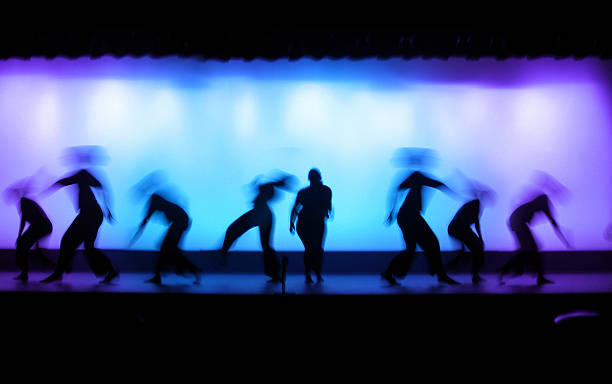Dancing in the Dark: An Examination of the Unique Artistry of Nocturnal Ballet
In the quiet hours of the night, a new artistic expression is taking center stage. Nocturnal ballet, a genre that is as enigmatic as it is captivating, is redefining the boundaries of classic performance arts. This dance form, performed exclusively under the cover of darkness, challenges traditional norms and pushes the limits of human perception and creativity.

Delving into the Darkness: The Origin of Nocturnal Ballet
Nocturnal ballet is a relatively recent development in the world of performance arts. It began in the early 2000s as an experimental project by a group of avant-garde dancers in Berlin. The aim was to explore the interaction between darkness and movement, and the impact this had on both the performer and the audience. Dancing in the dark was not just a novel idea, but a radical shift in the perception of ballet as a primarily visual art form.
Night Moves: The Evolution and Current State of Nocturnal Ballet
Over the past two decades, nocturnal ballet has evolved from an obscure experiment to a respected genre within the broader ballet community. Today, it is performed in theatres and dance festivals worldwide, and has even sparked a plethora of derivative performance arts.
Recently, the Paris Opera Ballet announced its first nocturnal ballet performance, signifying the genre’s growing acceptance and popularity. This production promises to be a groundbreaking event, further cementing nocturnal ballet’s place in the world of contemporary dance.
Shadows on Stage: The Impact and Significance of Nocturnal Ballet
The advent of nocturnal ballet has had profound implications for the performance arts. By removing the visual element, this genre forces both dancers and audiences to rely on other senses such as hearing and touch. This not only alters the ballet experience but also redefines the role of the dancer and the audience.
Nocturnal ballet also opens up new avenues for artistic expression. Dancing in the dark allows performers to explore movement in a way that is unconstrained by traditional aesthetic standards. It challenges the notion of ballet as a spectacle and emphasizes the kinesthetic aspect of dance.
Encore in the Dark: The Reception and Future of Nocturnal Ballet
Despite initial skepticism, nocturnal ballet has been met with largely positive reception. Critics have praised its innovative approach and its ability to challenge convention. Audiences, too, have responded well to the genre’s unique sensory experience.
Looking forward, nocturnal ballet promises to continue pushing the boundaries of performance arts. With upcoming productions in renowned theatres and new artists exploring the genre, nocturnal ballet is set to dance its way further into the limelight.
Conclusion
Nocturnal ballet, a genre born in darkness, shines a fresh light on the world of performance arts. As it continues to grow and evolve, it invites us to experience ballet in a whole new way, challenging our perceptions and enriching our understanding of artistic expression.




